In the United States, the issue of electronic waste, particularly from discarded cellphone batteries, is a growing environmental concern. A startling statistic reveals that in 2019, the U.S. produced about 46 pounds of e-waste per person, yet only 15% of this waste was collected and recycled. This figure underscores the importance of knowing how to dispose of cell phone batteries and the urgent need for recycling practices for smartphone batteries. As one of the largest producers of e-waste globally, the actions we take in the U.S. have significant implications for both our local environment and the world at large.
The environmental implications of improperly disposed cellphone batteries are profound. These batteries, often composed of lithium-ion or other hazardous materials, can become a source of toxic contamination when discarded in landfills. They pose a risk of soil and water pollution, which can have far-reaching effects on ecosystems and human health. Moreover, the increasing volume of e-waste reflects a broader issue of unsustainable consumption and disposal practices in our digital age.
Mobile phone batteries, often containing hazardous materials, pose a particular challenge. When improperly disposed of, they can leak toxic substances into the soil and water, causing environmental damage and potential health risks.
Types of Cellphone Batteries
Cellphone batteries are the lifeline of our mobile devices, yet they are often overlooked until they start failing. Understanding the types of batteries used in smartphones is crucial for proper disposal and recycling. In the current market, there are primarily two types of batteries used in cellphones: Lithium Ion (Li-ion) and Lithium Polymer (LiPo).
- Lithium Ion (Li-ion) Batteries: Li-ion batteries are the most common type found in today’s cell phones. They have been around the longest and were the first to be used in smartphones. These batteries are known for their high energy density, meaning they can store a significant amount of energy in a relatively small package. Li-ion batteries are made up of a positive electrode (usually a lithium compound), a negative electrode (typically graphite), and an electrolyte. They also feature a protection circuit to regulate battery levels and voltage, ensuring safety. Despite their widespread use, Li-ion batteries have some drawbacks, including a higher self-discharge rate and a rigid rectangular shape that may not fit well in uniquely designed phones.
- Lithium Polymer (LiPo) Batteries: LiPo batteries are an advanced form of lithium batteries, offering improvements over their Li-ion counterparts. They use a microporous polymer separator covered with an electrolytic gel, which acts as a catalyst in the chemical process. LiPo batteries are lighter and can be made in various shapes, making them suitable for modern, sleekly designed smartphones. However, they tend to have a lower energy density compared to Li-ion batteries and a shorter shelf life.
Both types of batteries have their unique characteristics and impacts on the environment. When disposed of improperly, these batteries can release hazardous substances, contributing to soil and water pollution. It’s estimated that a significant portion of these batteries end up in landfills or are improperly recycled, leading to environmental hazards.
The proper disposal and recycling of these batteries are essential in reducing their environmental impact. By understanding the types of batteries in our devices and their potential risks, we can make more informed decisions about their end-of-life management. This knowledge is a critical step in addressing the broader challenge of electronic waste and moving towards more sustainable practices in our increasingly digital world.
Signs of a Damaged Smartphone Battery
Recognizing the signs of a damaged mobile phone battery is crucial for both your safety and the optimal performance of your device. A damaged or failing battery not only hinders your phone’s functionality but can also pose serious safety risks. Here are key indicators that your cellphone battery may be damaged or in need of replacement:
- Swelling or Bulging: One of the most visible signs of a damaged battery is swelling or bulging. If your phone’s battery is swollen, it may cause the case to crack open or the screen to push outwards. This swelling is often due to a build-up of gases inside the battery and can pose a risk of leakage or even explosion.
- Overheating: While it’s normal for phones to generate heat during use or charging, excessive heat is a warning sign. If your phone feels unusually hot, especially when you’re not using it intensively or charging it, the battery could be damaged. Overheating can degrade the battery’s performance and increase the risk of a fire.
- Rapid Power Drain: If your phone’s battery life suddenly drops significantly, it could be a sign of battery damage. A healthy battery should hold a charge for several hours, depending on usage. If you notice that your phone’s battery drains quickly even with minimal use, the battery’s capacity has likely diminished due to damage.
- Difficulty Charging: A damaged battery may struggle to charge or might not charge at all. If your phone only charges when you hold the charger at a certain angle, or if it stops charging before reaching 100%, the battery may be compromised. This issue can also be related to the phone’s charging port, so it’s important to check both.
- Unexpected Shutdowns: If your phone shuts down unexpectedly, especially when the battery indicator shows that it still has charge, this is a classic sign of a damaged battery. These shutdowns can occur because the battery is unable to deliver the necessary power consistently.
- Age of the Battery: Smartphone batteries have a limited lifespan, typically around 2-3 years or 300-500 charge cycles. If your battery is older than this, it may start showing signs of wear even if there’s no visible damage. An aging battery will gradually hold less charge and may exhibit some of the issues mentioned above.
- Physical Damage: Any visible signs of damage, such as cracks, leaks, or discoloration, are clear indicators that the battery is compromised. Physical damage can occur due to dropping the phone, exposure to liquids, or other accidents.
If you notice any of these signs, it’s important to take action promptly. Continuing to use a damaged battery can be dangerous and may cause further harm to your phone. In such cases, the best course of action is to replace the battery, preferably with a certified technician’s help, to ensure your safety and the longevity of your device.
How to Dispose of Cellphone Batteries
Recycling mobile phone batteries is a critical step in reducing e-waste and protecting the environment. Here’s a guide on how to recycle these batteries safely and effectively:
Local Recycling Programs
-
- Finding Recycling Centers: Use resources like Call2Recycle (call2recycle.org) or Earth911 (earth911.com) to locate nearby recycling centers that accept cellphone batteries.
- Municipal Programs: Many cities and towns have e-waste recycling programs. Check with your local waste management department for information on e-waste collection events or designated drop-off locations.
Retailer Take-Back Programs
-
- Electronic Stores: Stores like Best Buy often have recycling kiosks where you can drop off old batteries.
- Cellphone Carriers: Some carriers offer recycling programs for phones and batteries. Visit your carrier’s store or website for details.
Mail-In Recycling Options
-
- Manufacturer Programs: Many mobile phone manufacturers offer mail-in recycling programs. Check the manufacturer’s website for instructions on how to send in your old battery for recycling.
- Third-Party Services: There are also third-party services that provide mail-in recycling. They typically offer free shipping and instructions on how to package and send your battery safely.
Community E-Waste Events
-
- Local Events: Keep an eye out for community e-waste collection events, often held by schools, churches, or environmental groups.
- Participation: These events are a convenient way to dispose of not just smartphone batteries but all types of electronic waste.
Safety Precautions for Recycling
-
- Handling Batteries: Handle batteries with care. If a battery is damaged or swollen, it should be placed in a plastic bag or a non-conductive material for safe transport.
- Transporting Batteries: Avoid transporting large quantities of batteries together to prevent short circuits.
Proper Disposal
-
- Never in Regular Trash: Never dispose of mobile phone batteries in regular trash bins as they can leak harmful chemicals and pose a fire hazard.
- Follow Local Guidelines: Always follow local guidelines for e-waste disposal to ensure environmental compliance.
Alternatives to Recycling Your Smartphone Battery
Apart from recycling, there are several other environmentally responsible ways to manage old cellphone batteries. These alternatives not only promote sustainability but also help in extending the utility of electronic devices.
Here are some effective strategies:
Battery Refurbishment and Reconditioning
-
- Refurbishment Services: Some services specialize in refurbishing or reconditioning old cellphone batteries, which can involve testing, cleaning, and replacing damaged components.
- Resource Utilization: Utilizing such services helps in prolonging the life of batteries, reducing the need for producing new ones.
Donation Programs for Gently Used Cellphones
-
- Charitable Donations: If your cellphone and its battery are still in good condition, donating them to charitable organizations can be a great way to extend their lifecycle.
- Community Impact: These donations can significantly help individuals in need, providing them with essential communication tools.
Upcycling Ideas for Old Batteries
-
- Creative Reuse: Upcycling involves repurposing old batteries for new, low-power applications through innovative DIY projects.
- Inspiration and Safety: While undertaking such projects, it’s important to ensure safety and gather ideas from reliable sources, such as techable.com, which may offer guidelines on safely upcycling old cellphone batteries.
Selling or Trading In Old Devices
-
- Resale Value: Old cell phones often have some resale value. Selling or trading them in can give these devices a new life.
- Sustainable Choice: This not only prevents waste but also contributes to the circular economy, where products are reused and recycled, reducing the overall environmental impact.
Educational Resources
-
- Learning about E-Waste: Understanding the impact of e-waste and the importance of proper disposal is crucial in today’s digital age.
- Accessing Information: Various online platforms offer articles, tips, and insights on responsible e-waste management, helping individuals make informed decisions.
By considering these alternatives to recycling, we adopt a more holistic approach to e-waste management. Actions like refurbishment, donation, upcycling, or resale contribute significantly to reducing the environmental footprint of our digital lifestyles. Each step taken towards responsible handling and disposal of technology aids in fostering a more sustainable future.
Techable not only advocates for the proper disposal of cellphone batteries but also actively contributes to environmental conservation by refurbishing and selling cell phones. This approach not only gives new life to devices but also significantly reduces e-waste, underscoring the company’s commitment to eco-friendly practices. As consumers, our choices, including supporting businesses like Techable that prioritize the planet, play a pivotal role in shaping a more sustainable future. By responsibly disposing of our cellphone batteries and opting for refurbished devices, we can all contribute to a healthier environment, demonstrating that technological advancement and environmental responsibility can indeed go hand in hand.



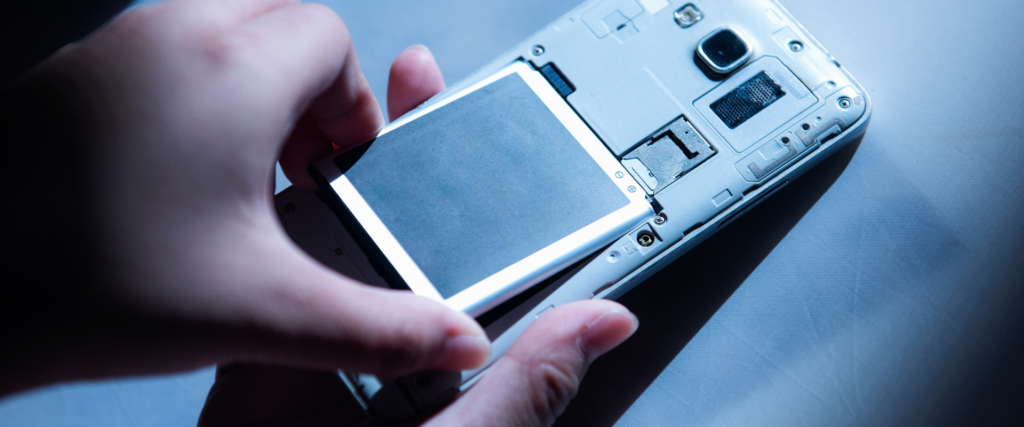






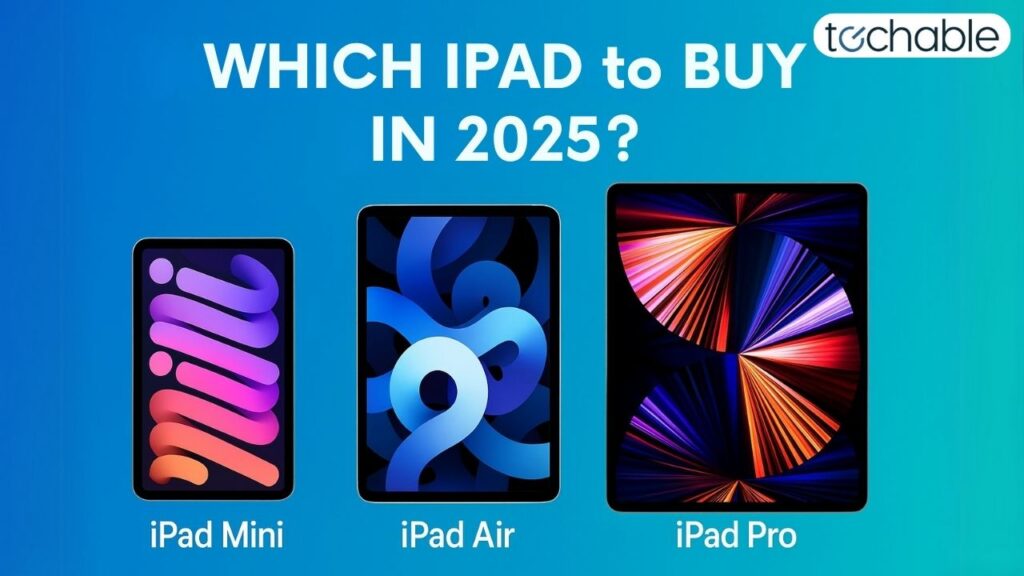
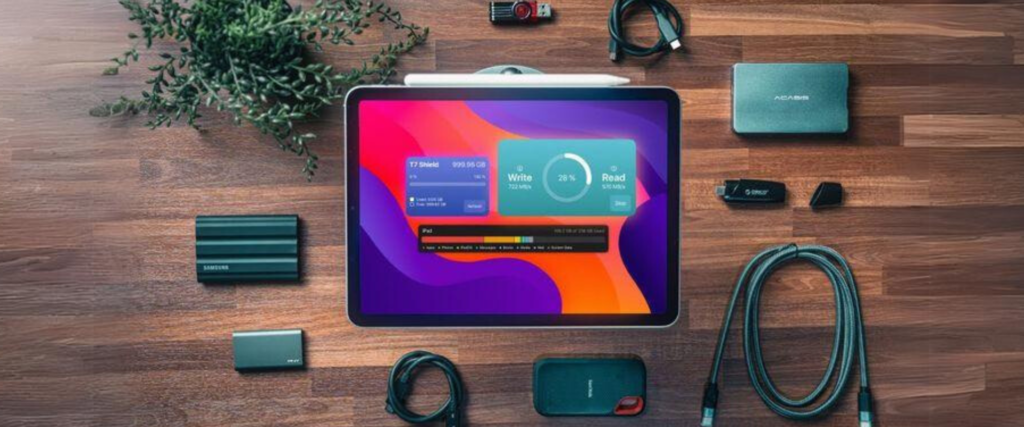


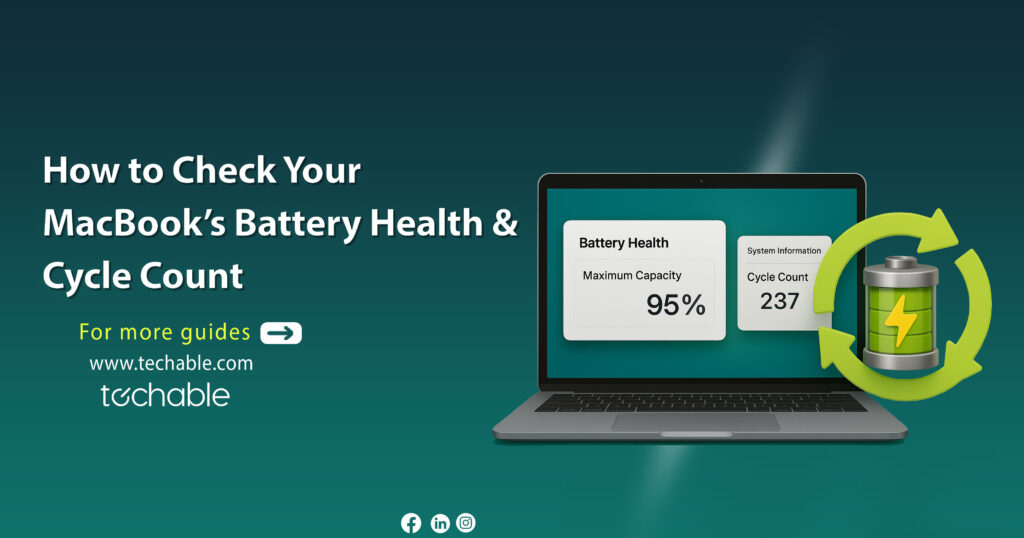
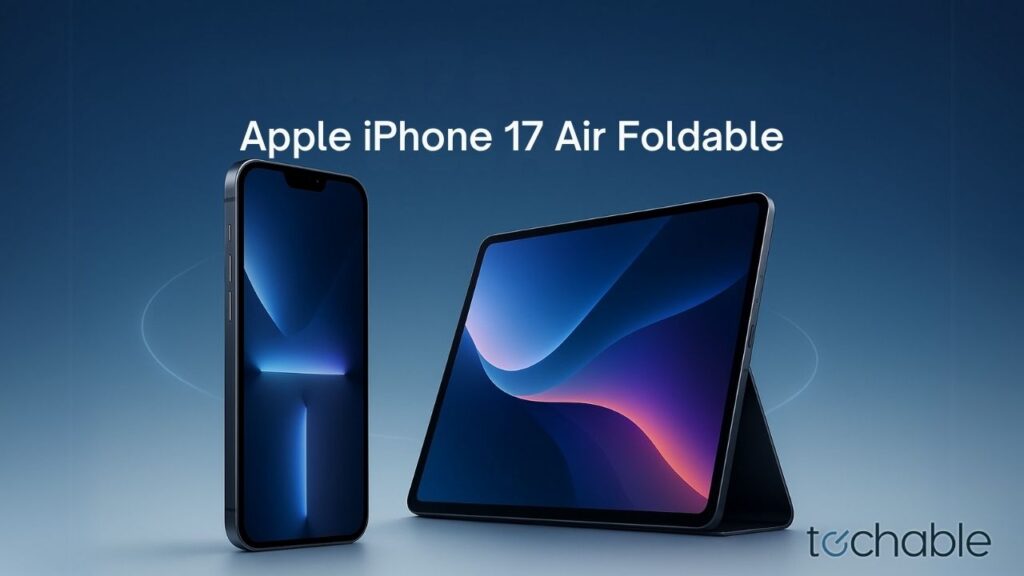



0 Comments